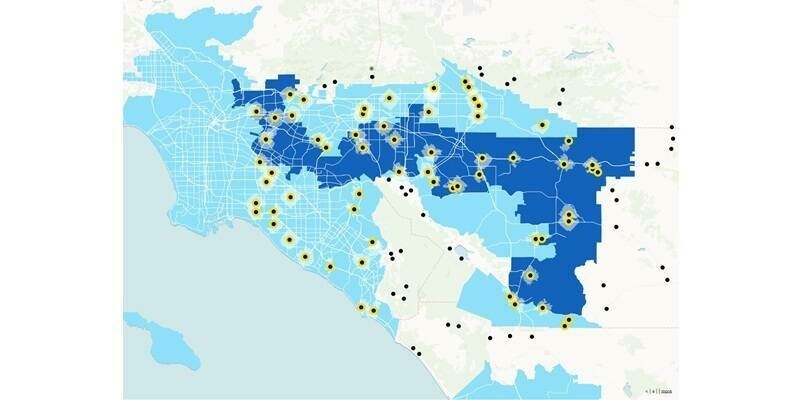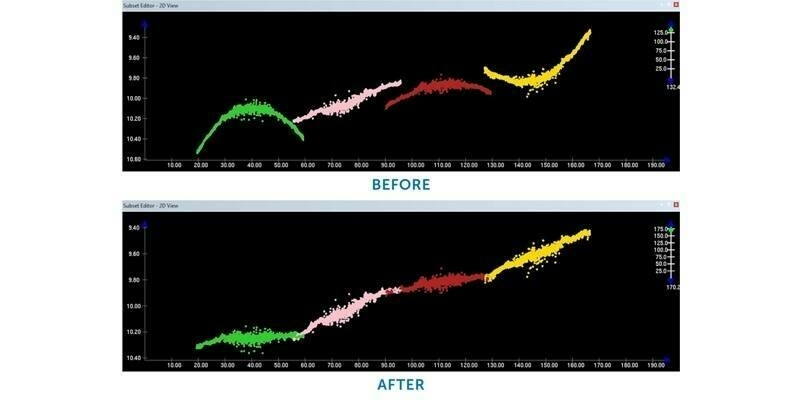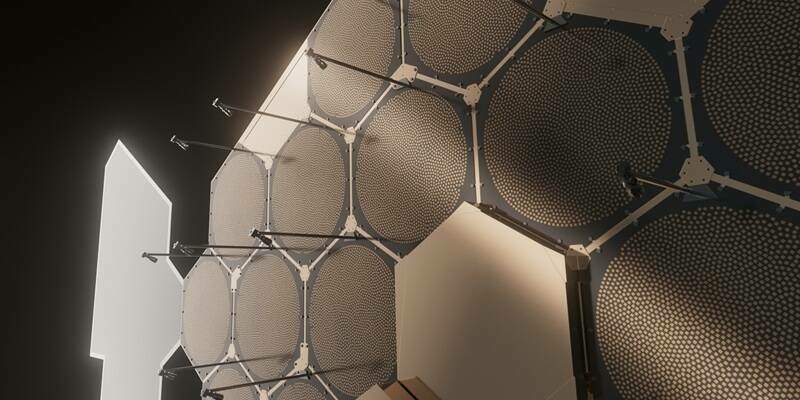Airbus Defence and Space is continuing to future-proof its site at Friedrichshafen, Germany, with the construction of a new Integrated Technology Centre (ITC). At the heart of the four-storey centre with a basement and a footprint of around 4,200 m² will be a large central clean room for the development and construction of satellites.
The building, with dimensions of around 70 x 60 metres and a height of over 20 metres, will be an expansion of the existing Hall 6 – the current satellite integration facility. The preliminary work – the demolition of the existing low buildings – has already begun. Building work is set to commence in November. Airbus Defence and Space is investing €43 million in the new centre, which will begin operations in the summer of 2018.
“The investment in the new ITC building makes the site a global 'centre of gravity' of satellite construction,” said Eckard Settelmeyer, Head of Site Friedrichshafen at Airbus Defence and Space. "This not only presents new possibilities for performing existing work, but also for acquiring new projects, such as large space telescopes with dimensions of 15 metres and above.” He also stated that the company will be in a good position to handle projects that require ISO 5 clean rooms (formerly known as class 100).
The new centre will play a pivotal role in a future comprehensive reorganisation of work areas and processes at the site. The lakeside factory in Friedrichshafen (Germany) has continually expanded and been rearranged over its 60-year history. This has led to the laboratory and testing facilities being spread across the entire site. The new building project will now allow these scattered facilities to be combined under one roof. “This optimises the manufacturing process, increases our competitiveness and improves the working conditions for our employees,” Settelmeyer told journalists.
The new ITC building will be separated into four areas with different functions:
Over 2,000 m² in size, the central integration hall enables the simultaneous construction of up to eight large satellites and integration of complex subsystems and payloads. This central area allows ISO 5 to ISO 8 clean room work without separate rooms.
In the two wings, there will be a further 1,000 square metres of integration and laboratory areas for component manufacturing, a large visitor area and technical areas. The technology centre’s computer centre will be connected to the existing data network.
The transitional area to the existing integration building will contain material and employee airlocks as well as goods reception control.
The complex and high-tech ventilation system of the building will enable particle reduction and help to prevent molecular contamination. With a maximum air change rate of 90, up to 600,000 m³ of air will circulate and be filtered per hour.
The relevant clean room parameters of pressure, temperature, humidity and particle count for each work area will be recorded, regulated and archived for quality assurance by the building control technology.
The ITC’s technical equipment and facilities will comply with the latest standards and regulations. The requirements, for example from the German Renewable Energies Heat Act (EEWärmeG) and the Energy Saving Ordinance (ENEV), will be met thanks to the good thermal properties of the building shell, the proportion of heat generation from combined heat and power systems and the highly efficient heat recovery of the ventilation equipment. All of the building’s interior and exterior lighting will use LED technology.
The outer façade will have decorative, insulated and rear-ventilated metal panels, and both static and movable aluminium sun blinds are planned for the windows.
Subscribe to our newsletter
Stay updated on the latest technology, innovation product arrivals and exciting offers to your inbox.
Newsletter

